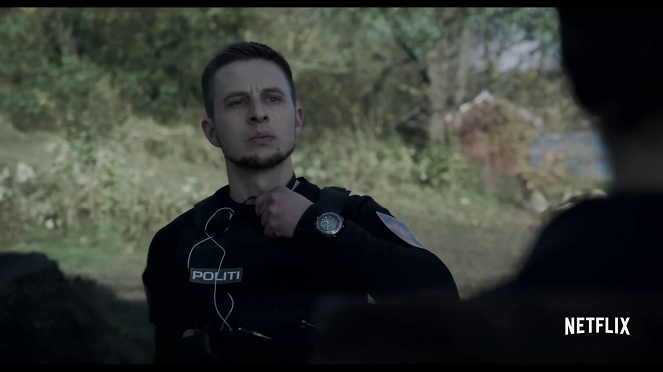Directed by:
Paul GreengrassScreenplay:
Paul GreengrassCinematography:
Pål Ulvik RoksethComposer:
Sune MartinCast:
Jonas Strand Gravli, Thorbjørn Harr, Anders Danielsen Lie, Seda Witt, Lars Arentz-Hansen, Jon Øigarden, Anneke von der Lippe, Øystein Martinsen, Maria Bock (more)VOD (1)
Plots(1)
Paul Greengrass tells the true story of the aftermath of Norway’s deadliest terrorist attack. On 22 July 2011, 77 people were killed when a far-right extremist detonated a car bomb in Oslo before carrying out a mass shooting at a leadership camp for teens. 22 July uses the lens of one survivor’s physical and emotional journey to portray the country’s path to healing and reconciliation. (Venice International Film Festival)
(more)Videos (1)
Reviews (10)
The final interpretation is admittedly pretty one-sided, but on the other hand it's probably fair to admit that Greengrass’ hands were tied in this respect – by which I mean the "political tone" of his adaptation. It bothered me that it didn't go more in depth in the second half, and that the whole courtroom part served primarily to rehabilitate survivors and victims. In short, I feel that such a serious subject deserved a much deeper analysis of the political and social aspects. The opening in Oslo and then the scenes in Utøya are very intense; the rest of the film is unfortunately a bit one-sided. 4 stars by the skin of its teeth. [70%]
()
Greengrass’s simple interpretation of a terrorist attack and the subsequent events holds a hidden message involving fear of what the world is coming to. Instead of Breivik, it focuses more on a boy, Viljar, riddled with gunshot wounds, his gradual recovery and return to life. The confrontation in court is powerful, with no unnecessary ideological frills. Precise acting performances, powerful supporting scenes (the brain surgery, fitting glass eyes, the final farewell with the lawyer) and the effort to capture reality as precisely as possible are the main highlights of this movie. On the other hand, the endeavor to give every aspect sufficient space means that it lacks a certain complexity. If it weren’t for the excessive length, I would give it a full five-star rating.
()
The attack itself is over and done within the first thirty minutes and it is not as spellbinding as I would have expected, and the rest of the movie shows society trying to come to terms with the tragedy. The traumatised male survivor and his family, Brejvik’s lawyer and his family, Brejvik himself and the court proceedings. For a Greengrass film, 22 July has a surprisingly mechanical, boring narrative that relies on the depth of suffering of a traumatized boy in contrast to the murderer’s shocking serenity founded on his political convictions. There is some sort of message and some merit in its information value, but as for conveying the horror of the tragedy to the audience, its competitor, Erik Poppe’s Utøya: July 22 has the upper hand.
()
22 July is a smart and suggestive portrayal of an awful human act that attacks the roots of democracy, but that also shows the madness of those who violently try to undermine it. Though it pushes the viewer to only one correct interpretation, its complex approach forces you to think about where humankind is heading and all of what we are capable of. Despite being impossible to get into the minds of the characters, this is an intense experience that, through the traumatising initial disaster, shows an unflattering face of a Europe that today is divided and living in fear. This is despite the fact that it has an inevitable tendency to generalize problems.
()
At first I wondered why someone had this story filmed twice, in addition twice in the same year ... well, and then I read the director’s name and it became clear to me – Paul Greengrass. A theme literally made for him. In addition, I would perhaps rate the film even better if I did not see the original one, which was sufficiently shocking and, especially in filmmaking respect, absolutely excellent. But I thought I would try this one, too, out of my respect for this director. And I have a few complaints. Especially about the attack itself, which was done very sloppily. But as it forms only about a third of the film, the other two thirds are able to properly engage the viewer. It milks the audience’s emotions shamelessly, as it shows not only Breivik’s thought processes, which shock you every time he appears on the screen, but alsothe youths who survived his rampage, but didn’t live through it unscathed. It’s definitely some food for thought, but the best thing is the ending, where the victims’ fates are closed by a court proceedings. It could have been about a half an hour shorter, but on the other hand it’s a classic Greengrass, so everything, including the camera, feels so natural that you will feel like the happenings depicted affected you personally.
()
Gallery (42)
Photo © Netflix



Ads